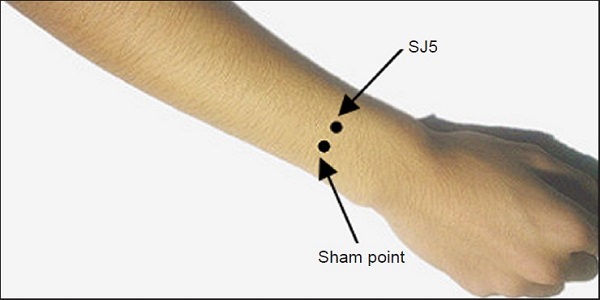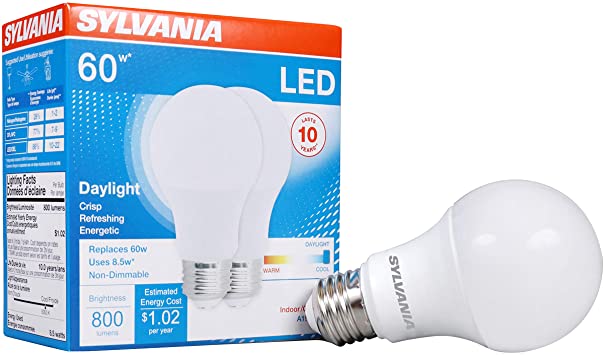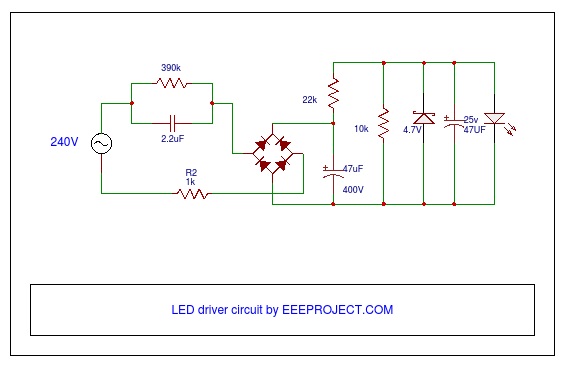
An ongoing trend for Distribution Centers and Warehouses across the storage market is narrower aisles and higher ceilings. The driver for the trend is about revenue per square foot. Owners and operators have the ability to store and sell more products if they pack in those products to areas that occupy less of a footprint.
This trend creates opportunities for the LED market to support the storage businesses at new levels. Old technology like metal halide fixtures distribute light to the sides as well as down. Fluorescent tube fixtures typically do the same. These “WIDE” beam angle fixtures waste a lot of the light in areas where it is not needed. Reflector kits on multi-tube T8 or T5 fixtures help reduce the wasted light going up and to the sides but they largely still deliver “WIDE” output.
Optics help LED high bay fixtures deliver “NARROW” beam angles. Look for LED high bay fixtures that maximize the light output with optics to direct the light where you need it most. Save money by wasting less energy and review fixture costs relative to useable output.
High Bay Performance: Watts, Lumens, and Foot Candles
A Metal Halide High Bay with a 400 watt bulb (up to 450 watts with the ballast factor) may deliver 36,000 lumens of which only 24,000 are directional. The foot candles on a ceiling with 25’ x 25’ grid may come in at about 30 fc.
A Fluorescent High Bay with 6 Tube High Output (HO) T5 tubes at 54 watts each (total 324 watts) and a reflector kit may deliver 24,000 directional lumens and the 30 fc to replace the Metal Halide High Bays.
An LED High Bay without reflectors or optics at 216 watts may deliver the 24,000 directional lumens and the 30 fc to replace the Metal Halide and the Fluorescent High Bays.
An LED High Bay with reflectors may only needs 162 watts to deliver 18,000 “narrow focused” directional lumens to achieve the same 30 fc.
An LED High Bay with optics may only needs to draw 108 watts to deliver 12,000 “ultra-narrow focused” directional lumens to achieve the same 30 fc.
The key here is for buyers to understand that they should not just shop for high bays based on lumens. Buyers should definitely not disqualify LED high bays that have less lumens without looking into the reflectors and optics. The economic impact is significant as the wattage consumption decreases with more advanced technology:
- 450 watt Metal Halide
- 324 watt Fluorescent
- 216 watt LED
- 162 watt LED with Reflectors
- 108 watt LED with Optics
The level of optics is determined by the ceiling height, the width of the aisles, and the foot candle needs at the floor and at the racks.
Understanding the loading process for fork lifts helps provide perspective on the width of the aisles:
- Wide Aisle (WA) lift trucks operate in aisles that are 12’ on average. They are the standard counterbalanced lift trucks that have become synonymous with the term “fork lift”. Wide aisle trucks generally operate in aisles greater than 11’ for handling 48” deep loads.
- Narrow Aisle (NA) lift trucks operate in aisles 8’ to 10’ across. This is primarily the domain of the stand-up reach and double-deep reach trucks.
- Very Narrow Aisle (VNA) trucks generally operate in aisles of less than 6’ and often use guidance systems (wire, rail, optical) to travel within the aisles. Standardized VNA vehicles consist of man-up order selectors used to manually handle less-than-pallet-load quantities and man-up turret trucks used to handle unit loads.
Top Tip on LED Light Matching with Photometrics:
Choose a commercial LED lighting manufacturer or solutions provider that has high bay and /or aisle light fixtures with options for optics to focus the light down to where you need it most. Check the foot candle output at the horizontal work surface and on the vertical storage racks so that lift operators can see the products clearly. Overall, go beyond selecting a short list of fixtures by lumens or lumens per watt and look into the foot candles per watt and also the foot candles per dollar for the fixture cost.




